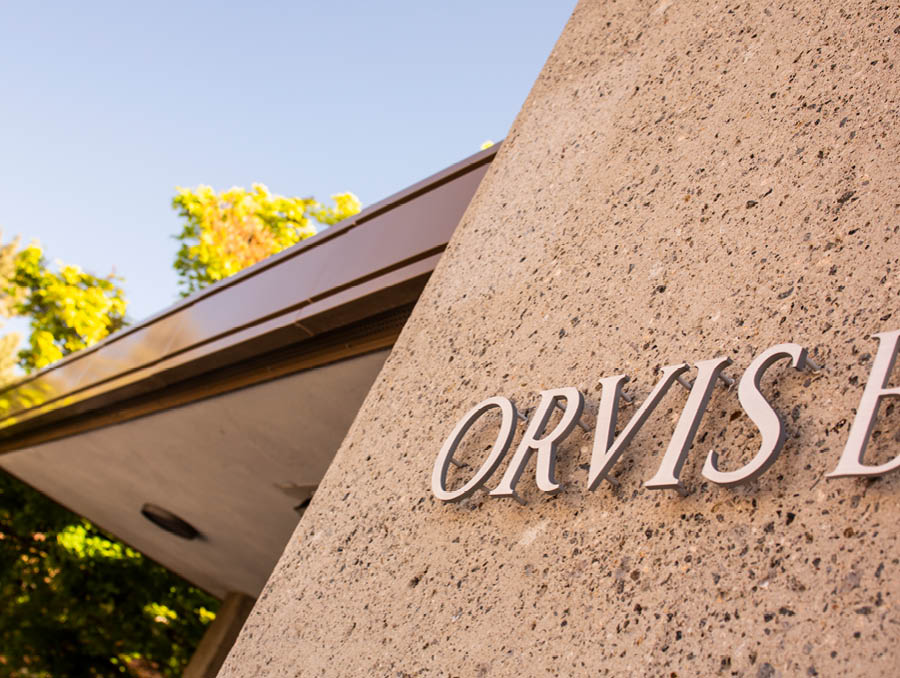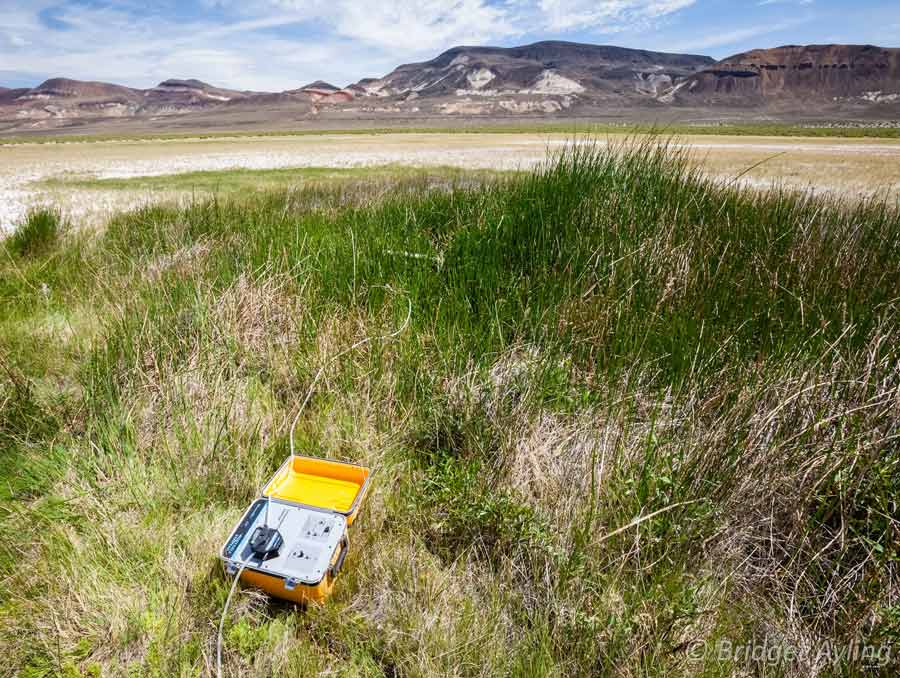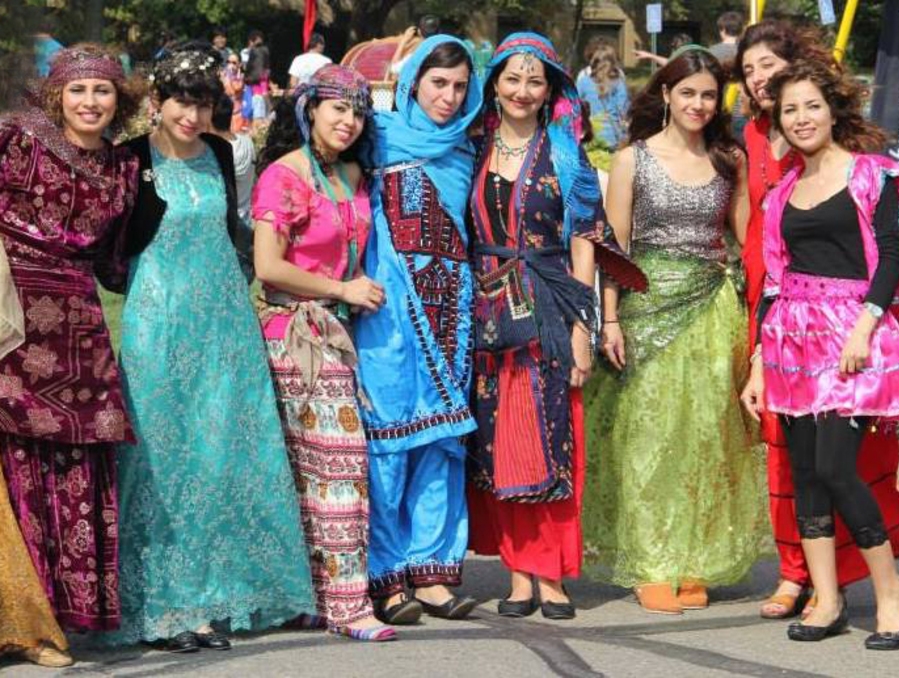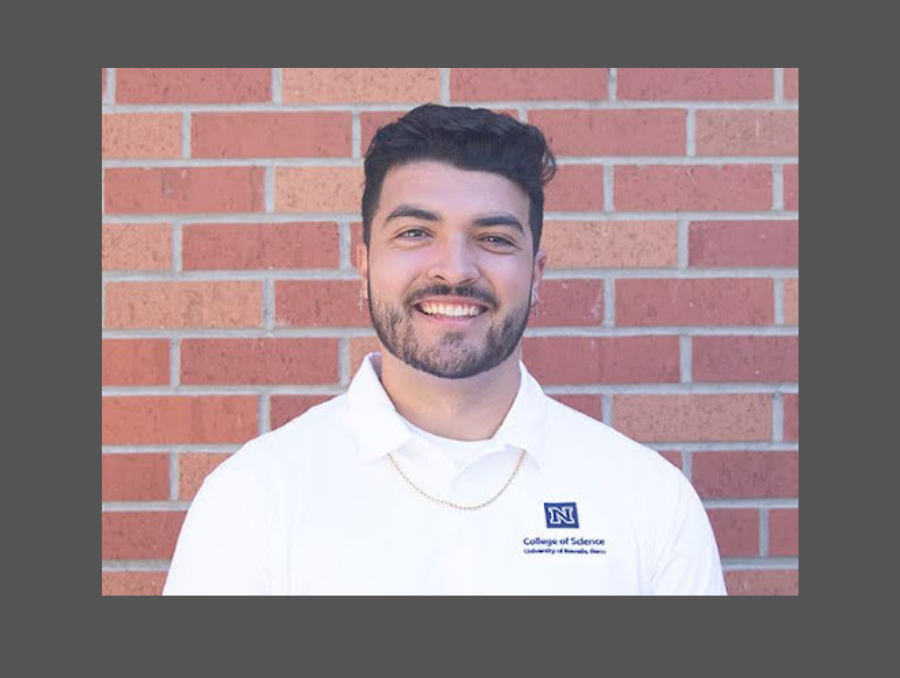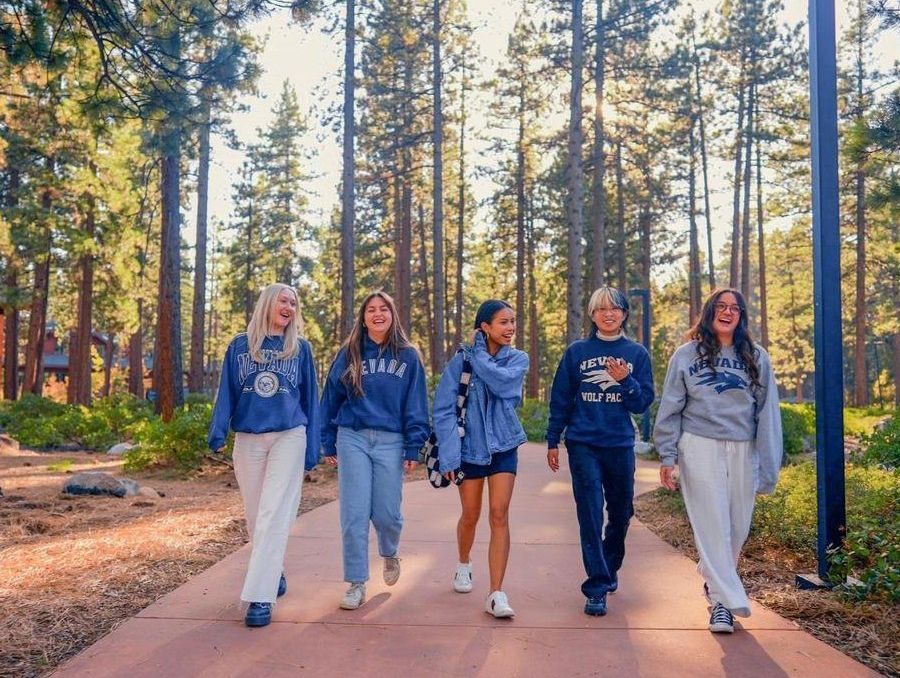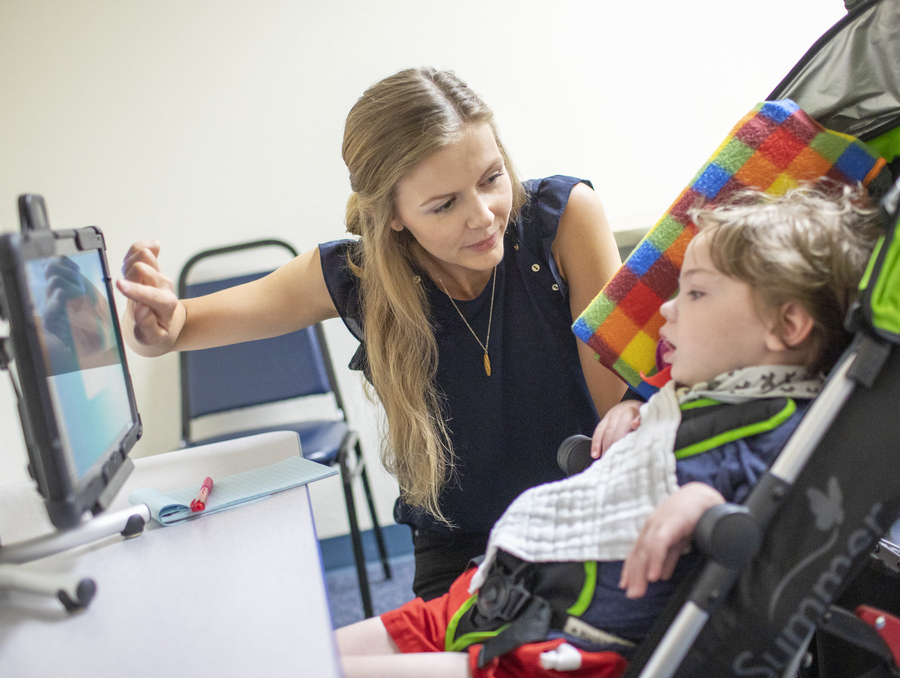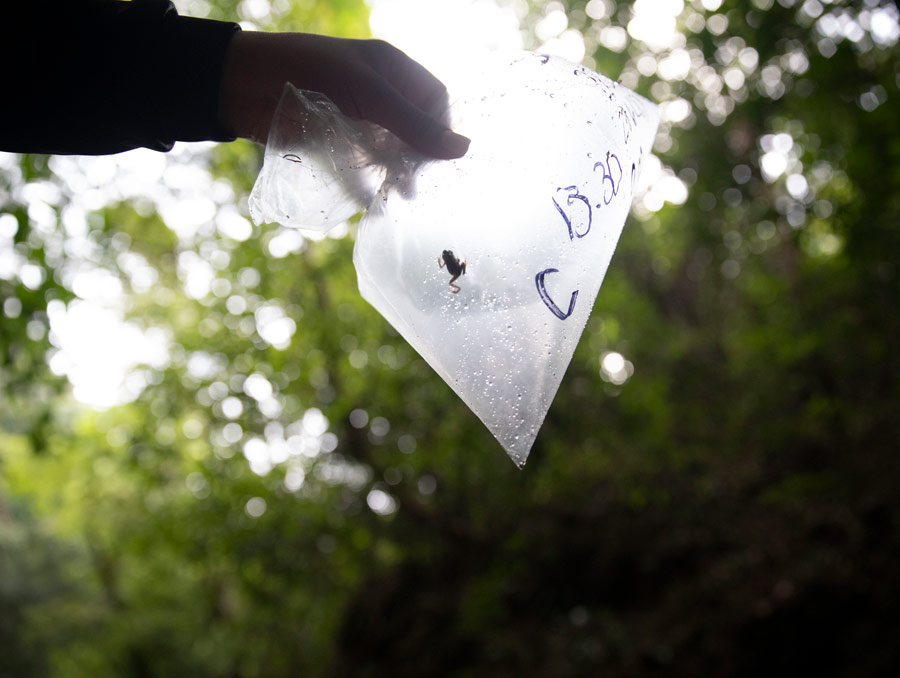A new organizational structure for University Police Services announced today will result in additional police officers on patrol in and around the University of Nevada, Reno campus.
“We are adopting an enhanced community policing model which will result in more ‘feet on the street,’ and that’s significant,” said Milt Glick, University president. “Continuing to expand the visible presence of our police officers will enhance the sense of safety and security on campus, and deter crime. This approach marks a positive step for our campus.”
“With the new structure the department will have fewer levels of supervisory positions,” said Ron Zurek, University vice president of finance and administration, to whom University Police Services reports. “There will be no loss of jobs. Instead, more of our officers will return to roles that have them out on patrol. This will increase the visibility of police services on campus.”
The new structure is consistent with a recently commissioned assessment of the department by the University. It creates three new commander positions that will report directly to University Police Chief Adam Garcia and supervise the department’s officers. This streamlined structure replaces the previous organizational structure which included an assistant chief, lieutenants and sergeants. Previously, 17 officers had responsibility for patrols. That number will now increase to 21 officers. In response to the State of Nevada’s budget reduction request of the University, searches for two previously unfilled positions in University Police Services will be closed and not filled.
Garcia notes that many police agencies have moved to a similar model, which provides a more streamlined chain of command and promotes improved communication between the officers, commanders and police chief. Garcia also believes the new structure will strengthen the department’s outreach and education role. As an example, one of the commanders will have responsibility for furthering the University’s student safety program, one of the officers will serve as a liaison to the residence halls and another officer will oversee a campus fire safety and prevention program.
“Our outreach programs encourage and train students, faculty and staff to make safe choices and practice safe behaviors. This is a critically important element of our overall campus safety program,” Garcia said. He said the new organizational structure will save the department about $131,000 each year, while “improving our level of service with an increased presence to our campus.”
The reorganization follows on other recent enhancements to campus safety and security. Twelve recruits are currently nearing completion of training for a new reserve officer program. These part-time officers will be prepared to serve in both routine and emergency conditions. The program will better allow Police Services to increase staffing levels for major campus events such as home football games or major concerts.
The University’s network of emergency “blue light” phones has also been significantly expanded with the addition of 25 tower-style phones installed across the main Reno campus. Each phone allows quick access to “911” emergency assistance or the campus escort service with the push of a button. The new phones join an existing network of 72 blue light phones in the University’s parking garages and a blue light tower phone in the Redfield Campus parking lot in south Reno.




